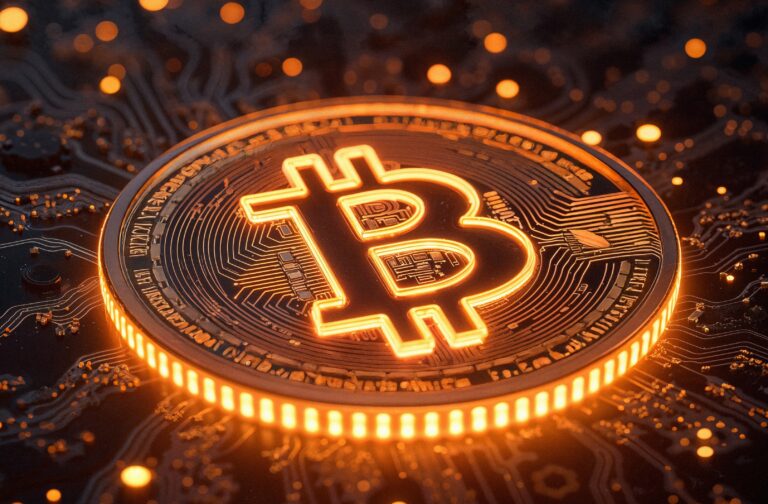
With Bitcoin hitting an all-time high, reforming crypto tax laws could drive wider adoption and support the global crypto industry.
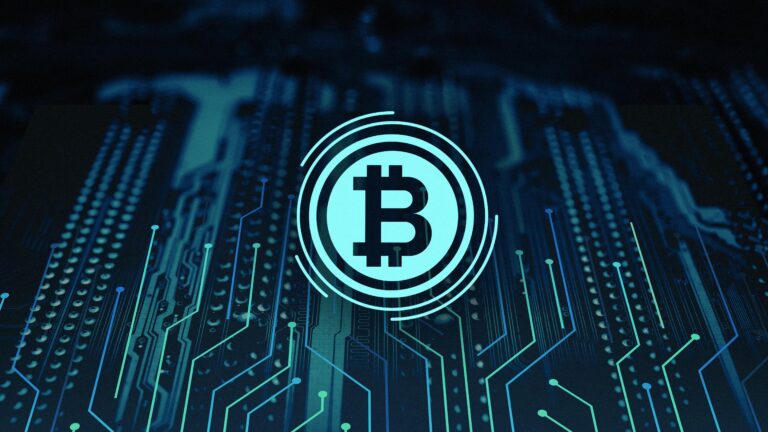
Major players are fuelling Bitcoin adoption—Trump cashes in, Saylor stocks up, and Russia quietly opens regulated crypto channels.

Poor security habits in crypto can lead to theft, scams and physical danger.
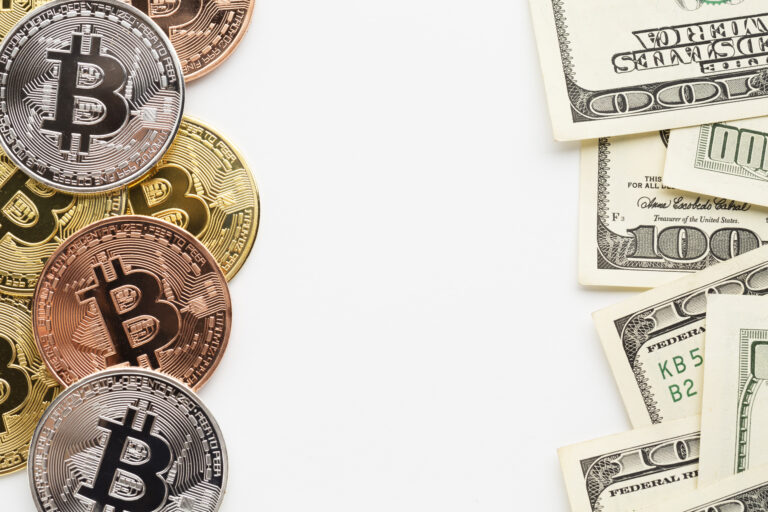
Blockchain lets people build financial trust without intermediaries.
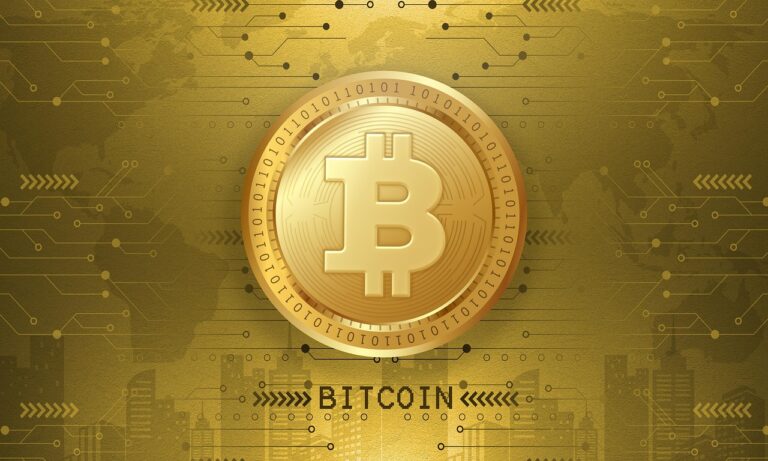
Facing mounting sanctions and limited access to global banking, Russia is turning to cryptocurrency to settle grain exports and support BRICS-led blockchain trade systems.
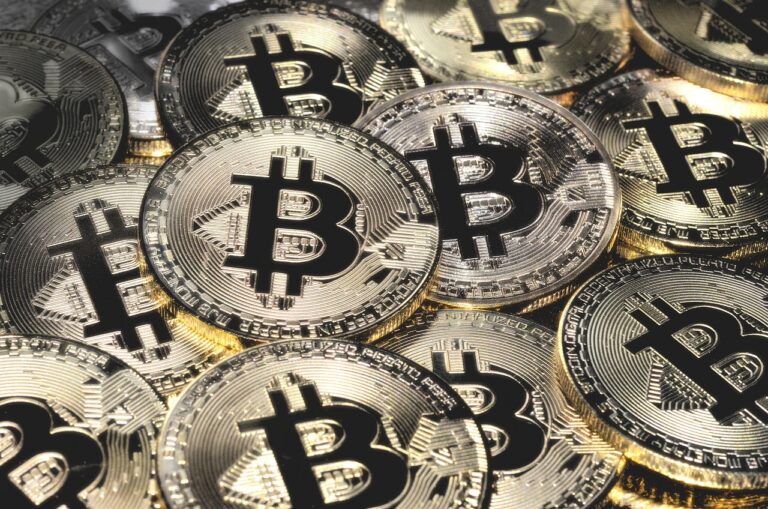
Panama’s second-largest bank is about to launch Bitcoin-based savings accounts for seamless dollar transactions.

Emerging markets embrace everyday wallet use, El Salvador defies the IMF with more Bitcoin buys, and Google’s quantum leap raises urgent security questions.

A growing wave of corporate BTC adoption is reshaping treasury strategies as major firms embrace Bitcoin as a long-term financial asset.

New ideas for using crypto to ease economies and simplify global trade are becoming reality, with Bitcoin now proposed for Panama Canal tolls and public payments in Panama City.

At Bitcoin 2025, a clear message was delivered: Bitcoin plays a vital role in the global future with promising steps toward global crypto adoption.










